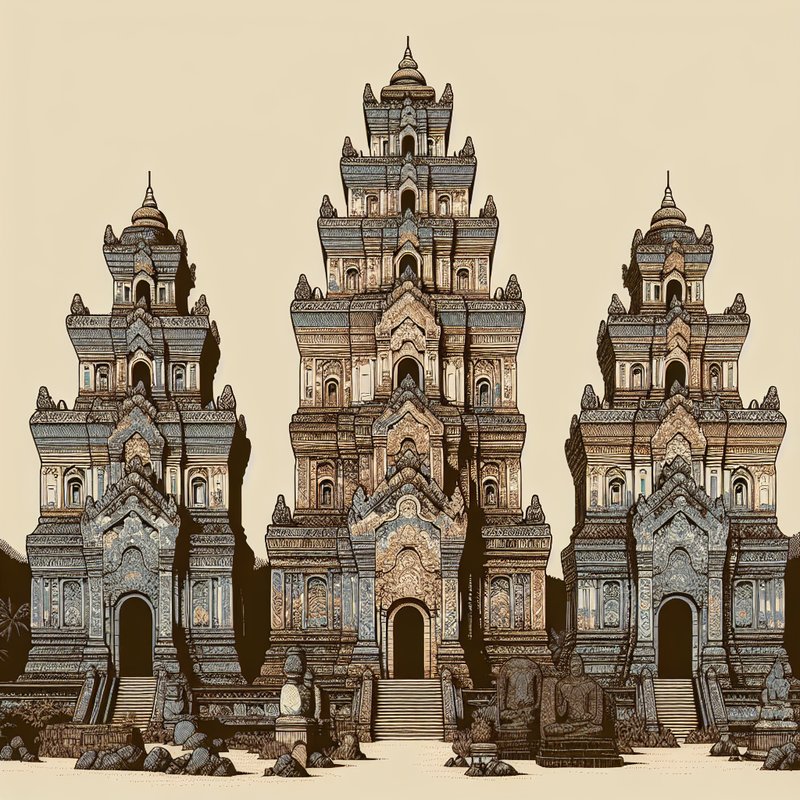The History and Origins of the Cham Towers

The Cham Towers trace their origins back to the Champa Kingdom, which flourished from approximately the 2nd to the 17th century in what is now Central and Southern Vietnam. These towers were constructed between the 7th and 12th centuries, reflecting the kingdom’s wealth and artistic prowess.
Initially built as Hindu temples, the Cham Towers were dedicated to various deities such as Shiva and Vishnu. The religious practices and architectural styles reveal a significant influence from Indian culture, particularly from the Pallava and Gupta eras.
Architectural Brilliance of the Cham Towers

The Cham Towers are known for their distinct red brick construction and intricate carvings. The bricks were meticulously laid without the use of mortar, reflecting advanced engineering techniques of the time. Each tower exhibits unique features, from elaborately carved lintels to ornate bas-reliefs depicting Hindu mythology.
The tallest and most impressive tower, Po Nagar, stands as a testament to Cham architecture. Located in Nha Trang, Po Nagar is dedicated to Yan Po Nagar, the goddess of the country, and showcases a fusion of Cham, Khmer, and Indian architectural elements.
The Cultural Significance of the Cham Towers

The Cham Towers hold immense cultural significance for the Cham people and are considered sacred sites of worship and pilgrimage. Festivals and rituals are held at these towers, maintaining age-old traditions and fostering a sense of community among the Cham populace.
Beyond their religious importance, the towers are symbols of Cham identity and resilience. Despite the decline of the Champa Kingdom, these architectural gems have survived centuries of turmoil, standing as enduring markers of Cham heritage and history.
Modern-Day Relevance and Conservation Efforts

Today, the Cham Towers are not only tourist attractions but also subjects of academic research. Efforts have been made to conserve and restore these ancient structures, ensuring that their historical and architectural integrity is preserved for future generations.
The Vietnamese government, along with international organizations, has undertaken various initiatives to protect these relics. This includes structural reinforcements, detailed archaeological studies, and promoting awareness about the towers’ significance through cultural tourism.

Leave a Reply